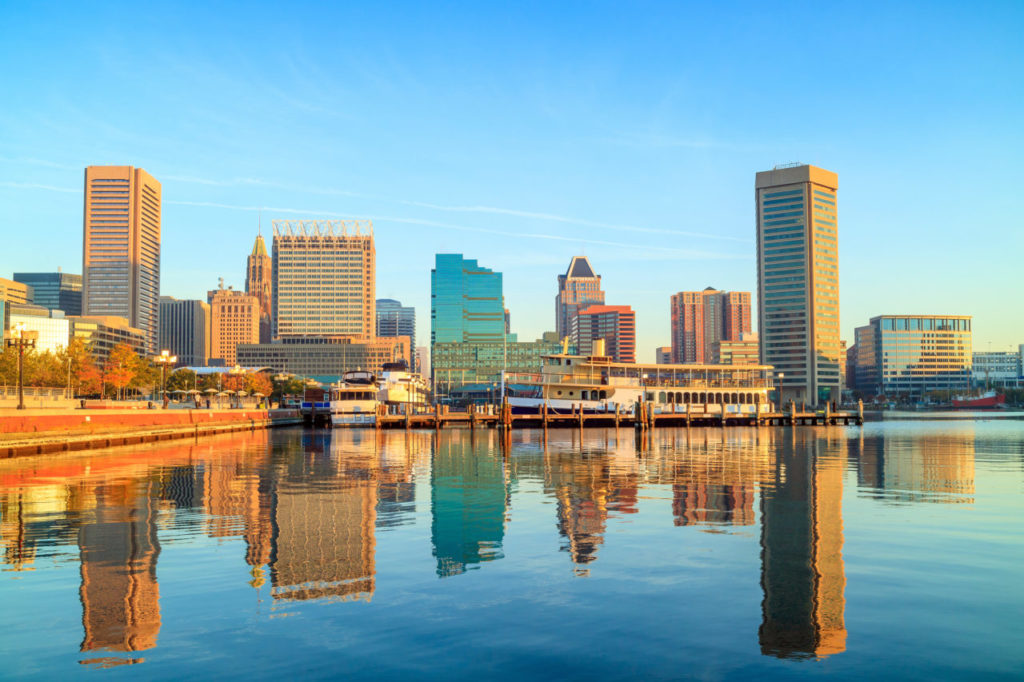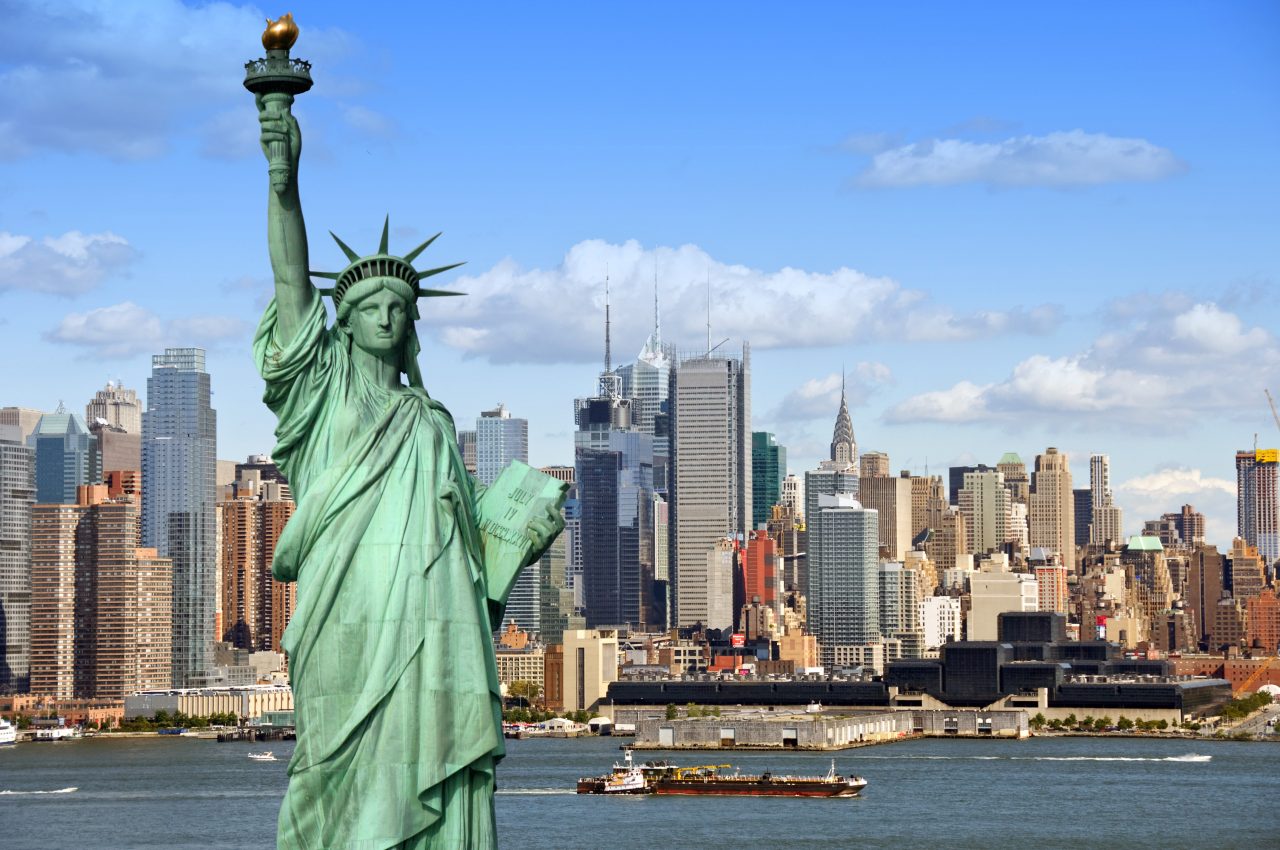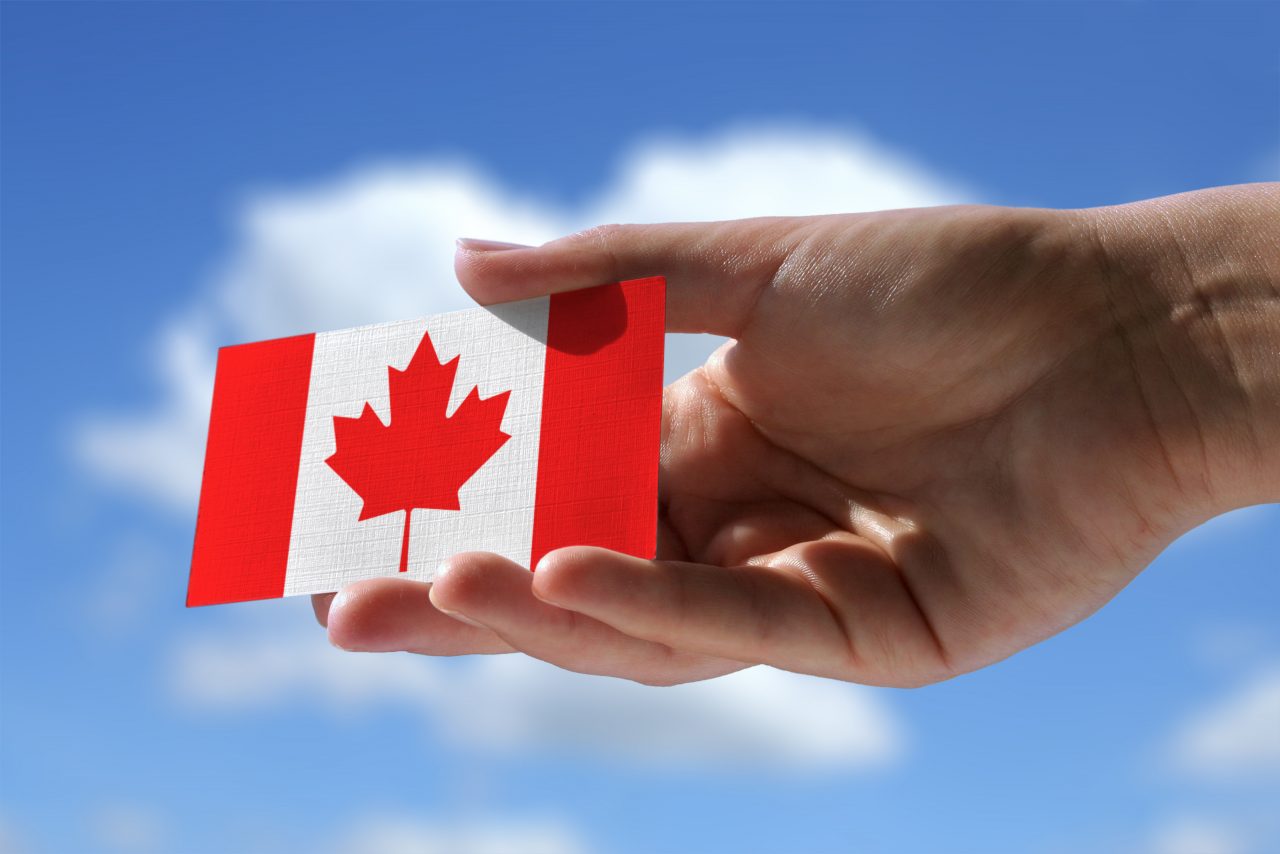Join GlobalBizzNetwork and start your international business network today.
Maryland

The lifeblood of Maryland’s economy is small business. According to the most recent Small Business Administration (SBA) data, well over half a million small business (defined as fewer than 500 employees) existed in the state in 2008. The vast majority of those business did not have employees, but rather was an individual providing goods and services on his or her own. Fortunately small business has shown stability and growth throughout the past several years in the state. Still, small businesses face an uncertain economic outlook for 2012 and beyond.
But the opportunity to start and grow a business is present if done correctly. Preparation, including forming a professional business plan to attract investors and obtain a competitive strategy is paramount. Investing in marketing, avoiding the common mistake of overspending and setting goals may provide a startup with a competitive edge.
Also paramount is forming a proper business entity for your startup to best meet the needs of your business. Considerations include whether your business will need to raise capital (and if so, how much), whether any other individuals or entities will contribute to the running of the business, and tax considerations. Included in the business entity formation decision is in which state to file for incorporation.
Deciding where to incorporate a Maryland business can be daunting. You have to consider the structure of your business, individual state tax laws and any benefits of incorporating in a different state.
Entrepreneurs often assume they should incorporate in Delaware or Nevada, two states known for being business-friendly. Delaware’s flexible, pro-business laws and Nevada’s low taxes can be tempting for those looking to incorporate a business.
Marylands economy status
The Bureau of Economic Analysis estimates that Maryland’s gross state product in 2016 was $382.4 billion. However, Maryland has been using Genuine Progress Indicator, an indicator of well-being, to guide the state’s development, rather than relying only on growth indicators like GDP. According to the U.S. Census Bureau, Maryland households are currently the wealthiest in the country, with a 2013 median household income of $72,483 which puts it ahead of New Jersey and Connecticut, which are second and third respectively. Two of Maryland’s counties, Howard and Montgomery, are the second and eleventh wealthiest counties in the nation respectively. Maryland has the most millionaires per capita in 2013, with a ratio of 7.7 percent. Also, the state’s poverty rate of 7.8 percent is the lowest in the country, per capita personal income in 2006 was $43,500, fifth in the nation. As of February 2018, the state’s unemployment rate was 4.2 percent.
Maryland’s economy benefits from the state’s close proximity to the federal government in Washington, D.C. with an emphasis on technical and administrative tasks for the defense/aerospace industry and bio-research laboratories, as well as staffing of satellite government headquarters in the suburban or exurban Baltimore/Washington area. Ft. Meade serves as the headquarters of the Defense Information Systems Agency, United States Cyber Command, and the National Security Agency/Central Security Service. In addition, a number of educational and medical research institutions are located in the state. In fact, the various components of The Johns Hopkins University and its medical research facilities are now the largest single employer in the Baltimore area. Altogether, white collar technical and administrative workers comprise 25 percent of Maryland’s labor force, attributable in part to nearby Maryland being a part of the Washington Metro Area where the federal government office employment is relatively high.
Manufacturing, while large in dollar value, is highly diversified with no sub-sector contributing over 20 percent of the total. Typical forms of manufacturing include electronics, computer equipment, and chemicals. The once mighty primary metals sub-sector, which at one time included what was then the largest steel factory in the world at Sparrows Point, still exists, but is pressed with foreign competition, bankruptcies, and mergers. During World War II the Glenn Martin Company (now part of Lockheed Martin) airplane factory employed some 40,000 people.
Mining other than construction materials is virtually limited to coal, which is located in the mountainous western part of the state. The brownstone quarries in the east, which gave Baltimore and Washington much of their characteristic architecture in the mid-19th century, were once a predominant natural resource. Historically, there used to be small gold-mining operations in Maryland, some near Washington, but these no longer exist.



